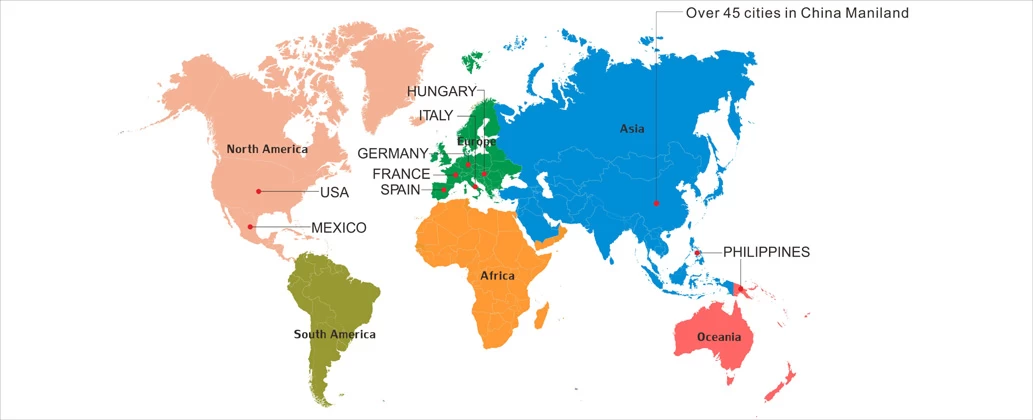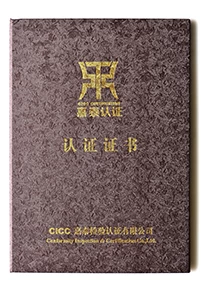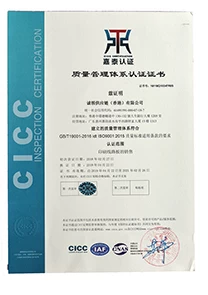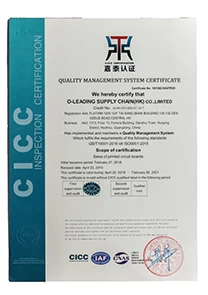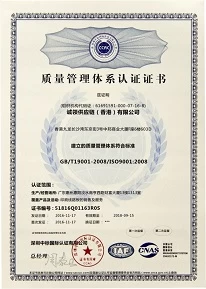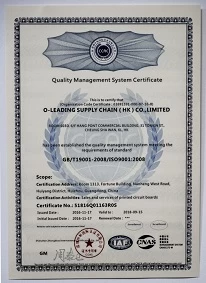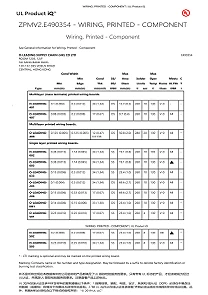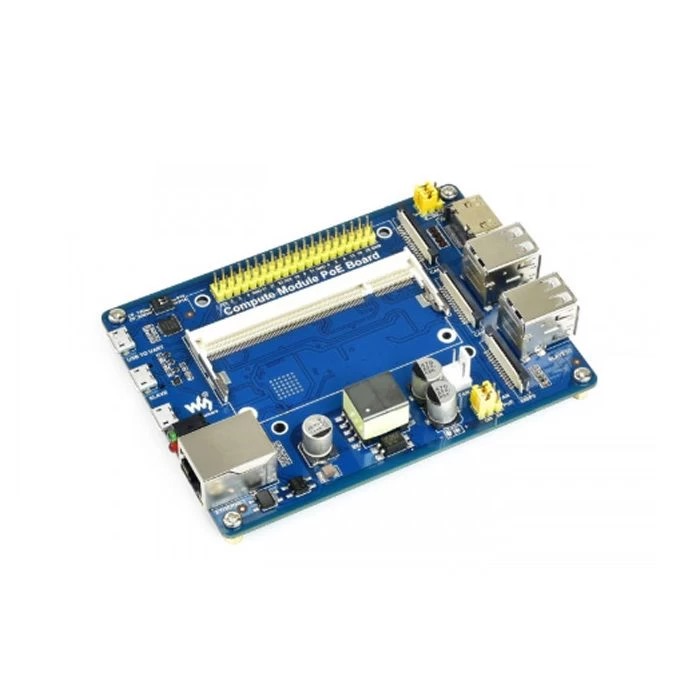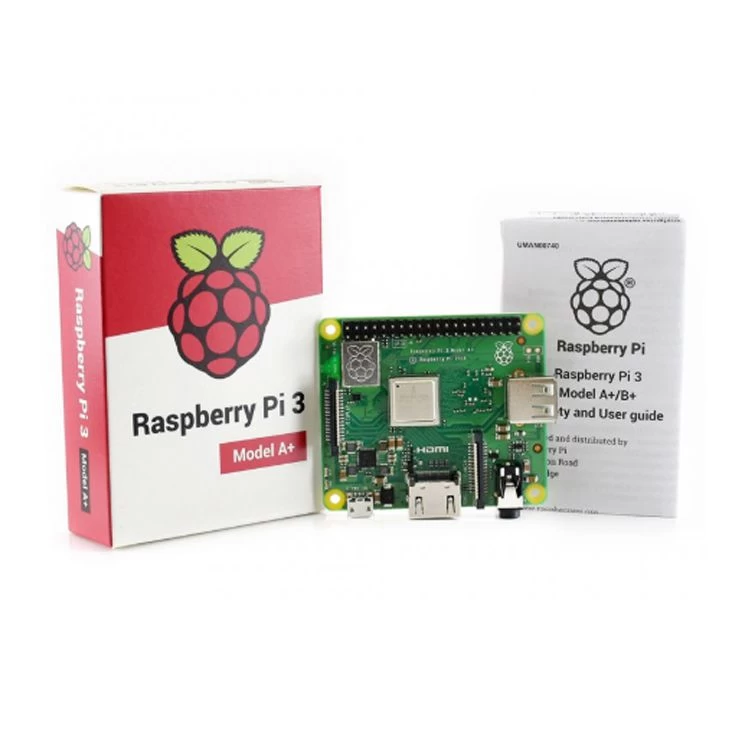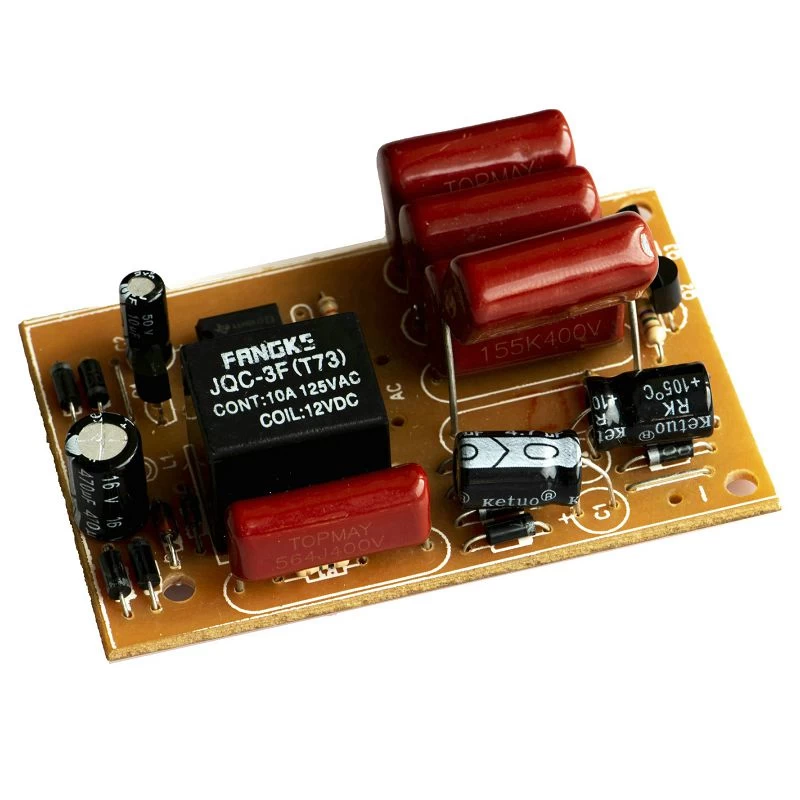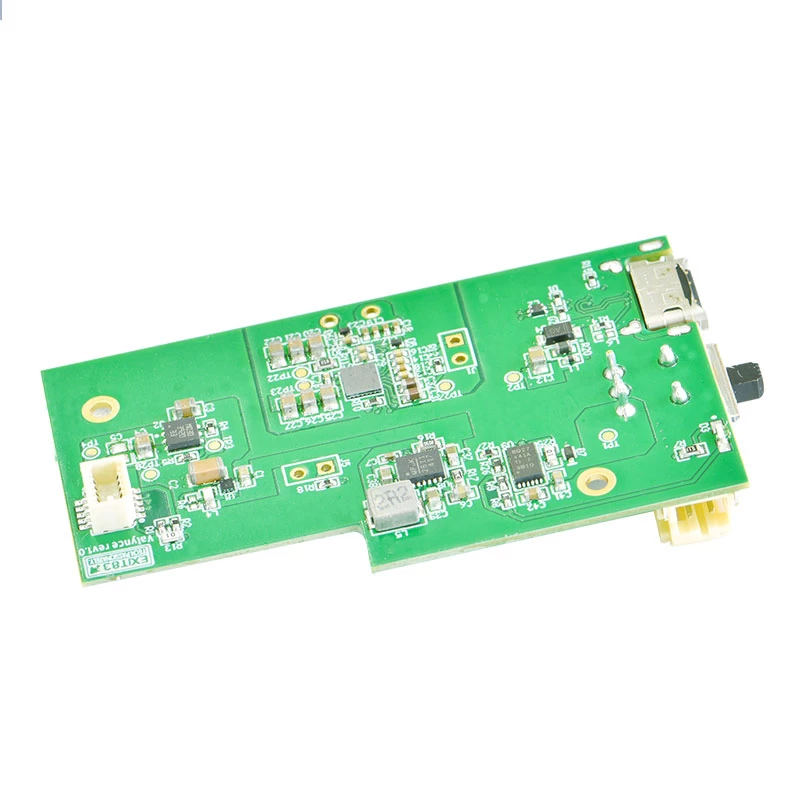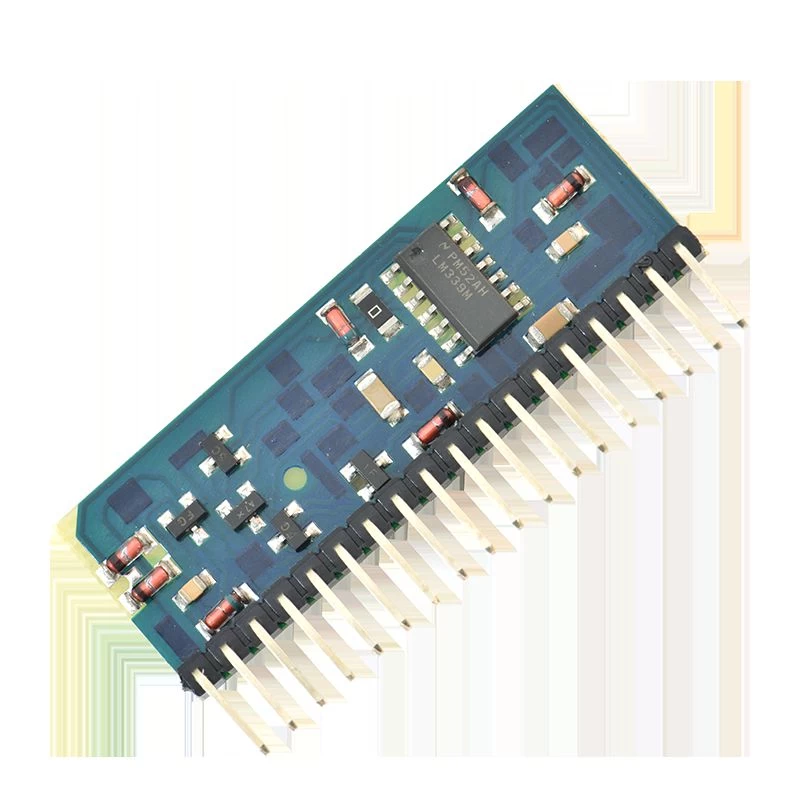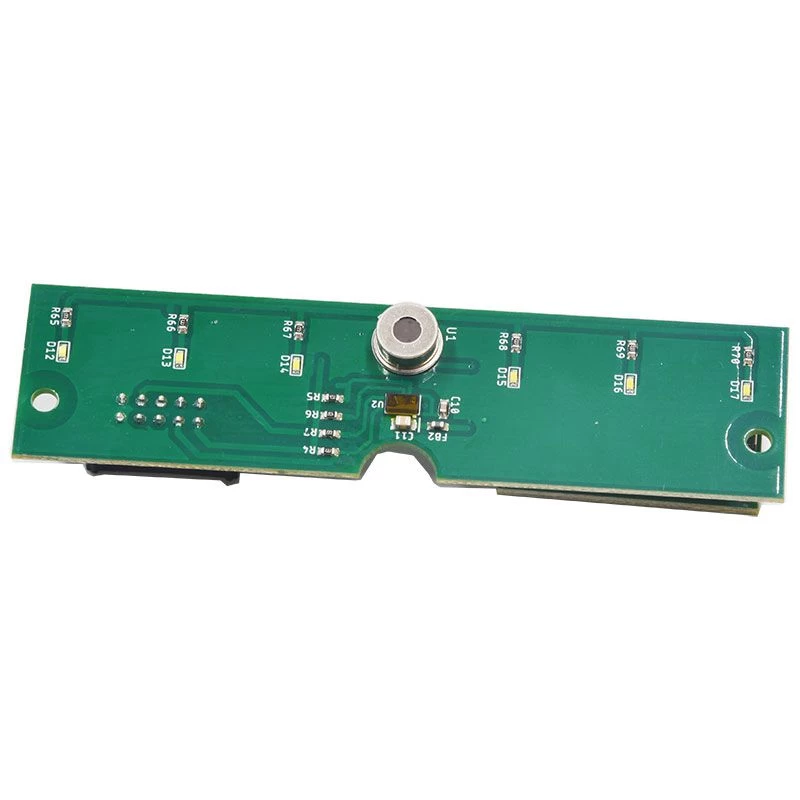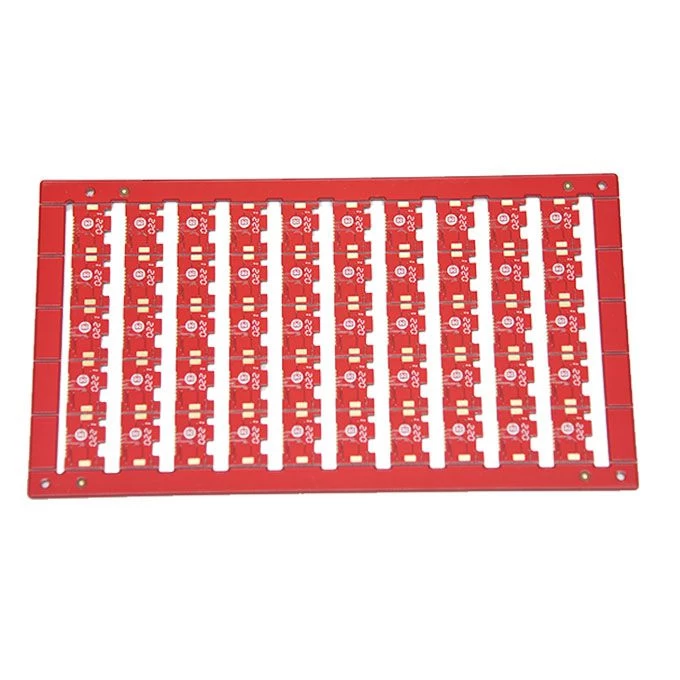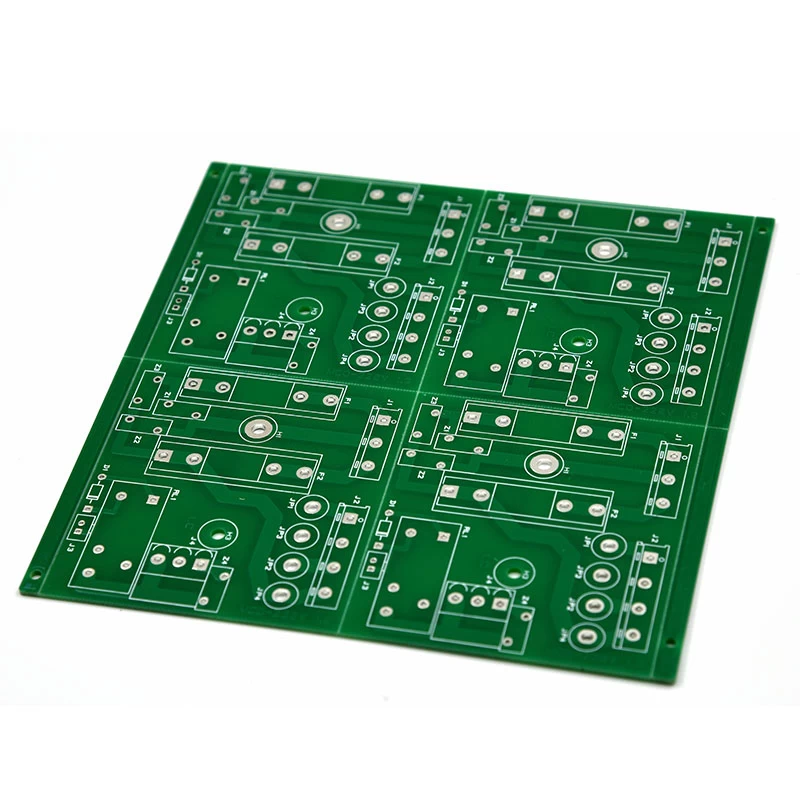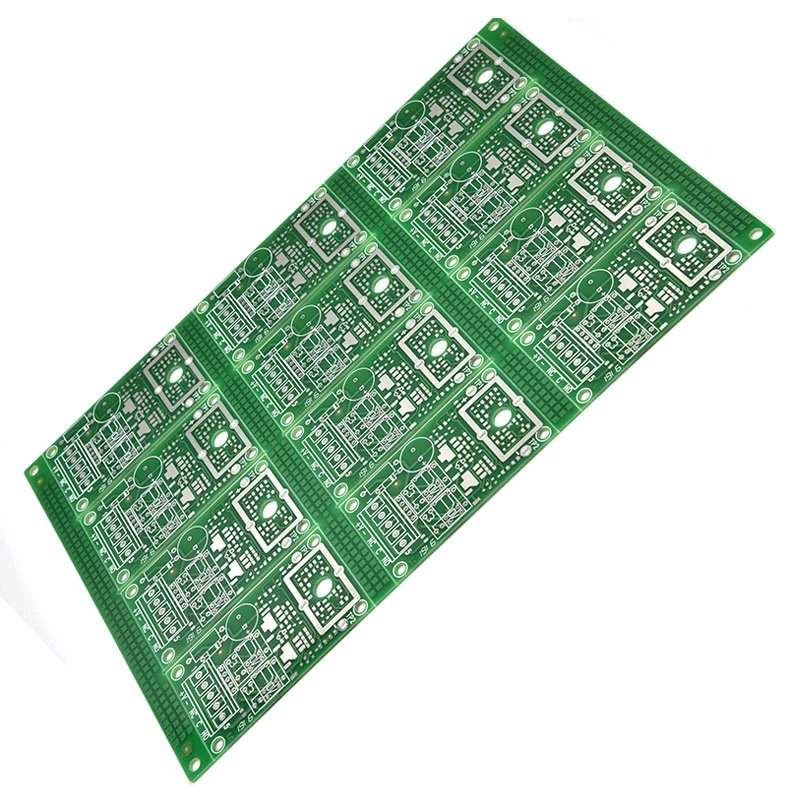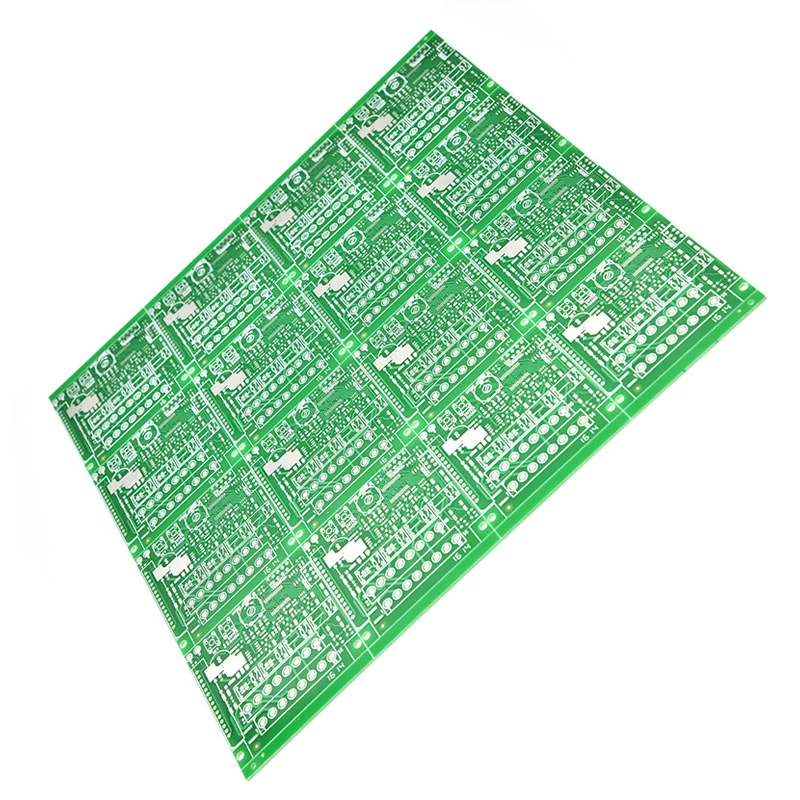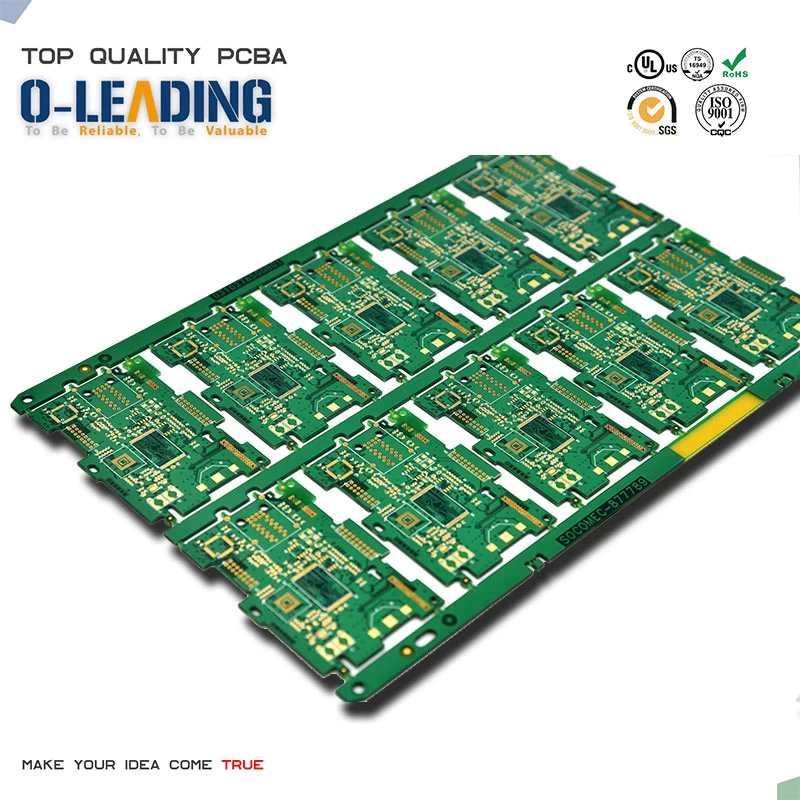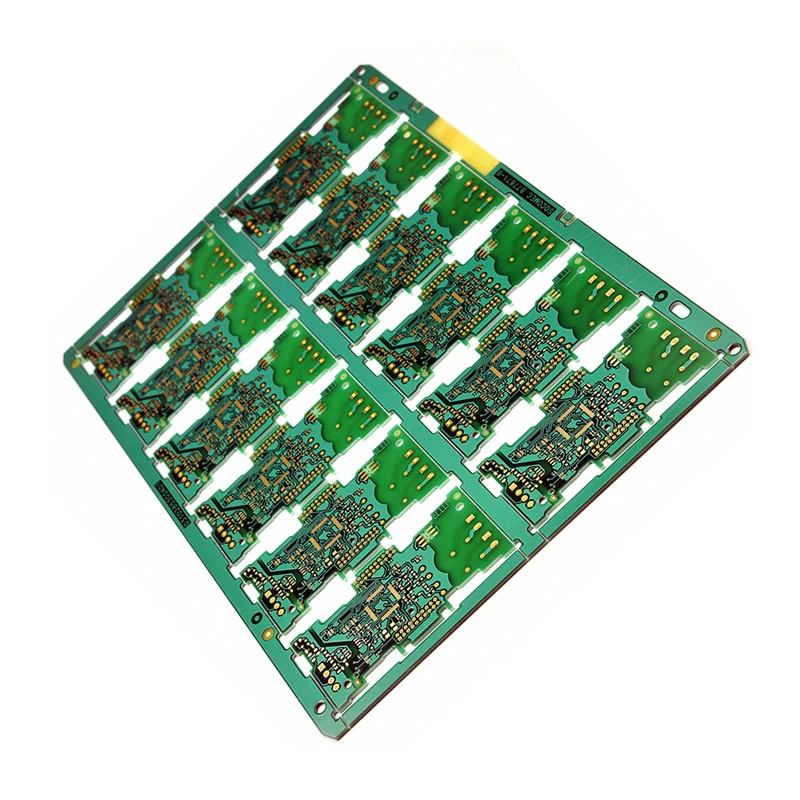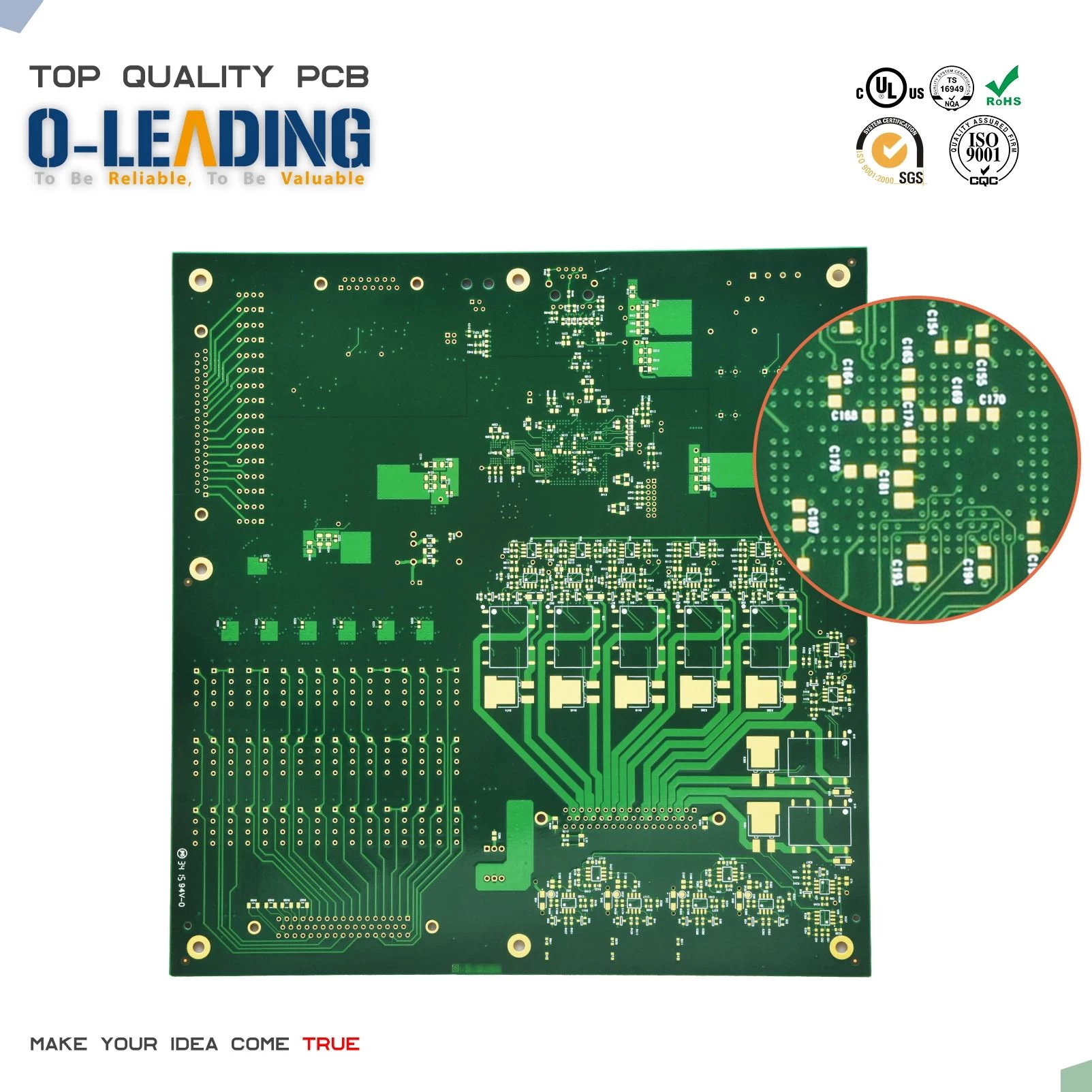Brief analysis of IPO situation in PCB industry
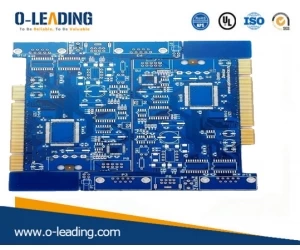
First, the industry's recent IPO situation
China is the world's number one PCB producer and has been firmly in the first place for twelve consecutive years. There are more than 2,800 companies in the PCB industry worldwide, and there are more than 1,500 in China. The number of PCB-related enterprises listed in the Shanghai and Shenzhen stock markets has reached more than 30, and a new round of PCB capital wars has also kicked off.
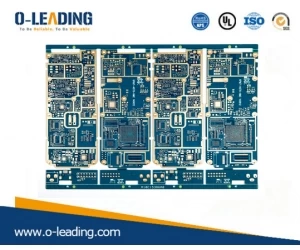
Printed circuit board supplier
Second, the future development trend
Currently listed PCB(oem pcb board Printed company) companies currently have two key research directions:
(1) Specific segmentation areas: Focus on the development of flexible circuit boards FPC and HDI for consumer electronics such as smartphones and automotive electronics. Mobile phone demand for PCB (FPC) is very strong: the new Apple mobile phone released in 2017 has more than 20 flexible circuit boards FPC; Huawei, Xiaomi OPPO and other domestic mobile phone manufacturers to enhance the high-end machine in order to meet the thin and multi-functional mobile phone In the use of FPC, the FPC's overall industrial chain will accelerate growth with the demand of consumer electronics. China's automotive electronics market and the automotive industry are also maintaining rapid growth. The Chinese automotive electronics market is developing rapidly, providing an application market for automotive electronics products, which is expected to bring more room for growth.
(2) Communication field: Focus on the development of IC package substrates for the packaging of integrated circuits. With the promotion and application of 5G communication in the future, the market demand for high-frequency PCB is huge.As the Chinese government pays more and more attention to environmental protection, the government has strengthened supervision over the emissions of manufacturing companies and promulgated a series of environmental protection laws. The government's environmental policy has limited the investment in low-end PCB products below the 4th floor, which has enabled more high-end products such as HDI to obtain more capital investment and a broader market space. In terms of enterprise scale and industry concentration, China's PCB companies will further expand in size, eliminating some of the backward SMEs and concentrating most of their production capacity to leading enterprises.




